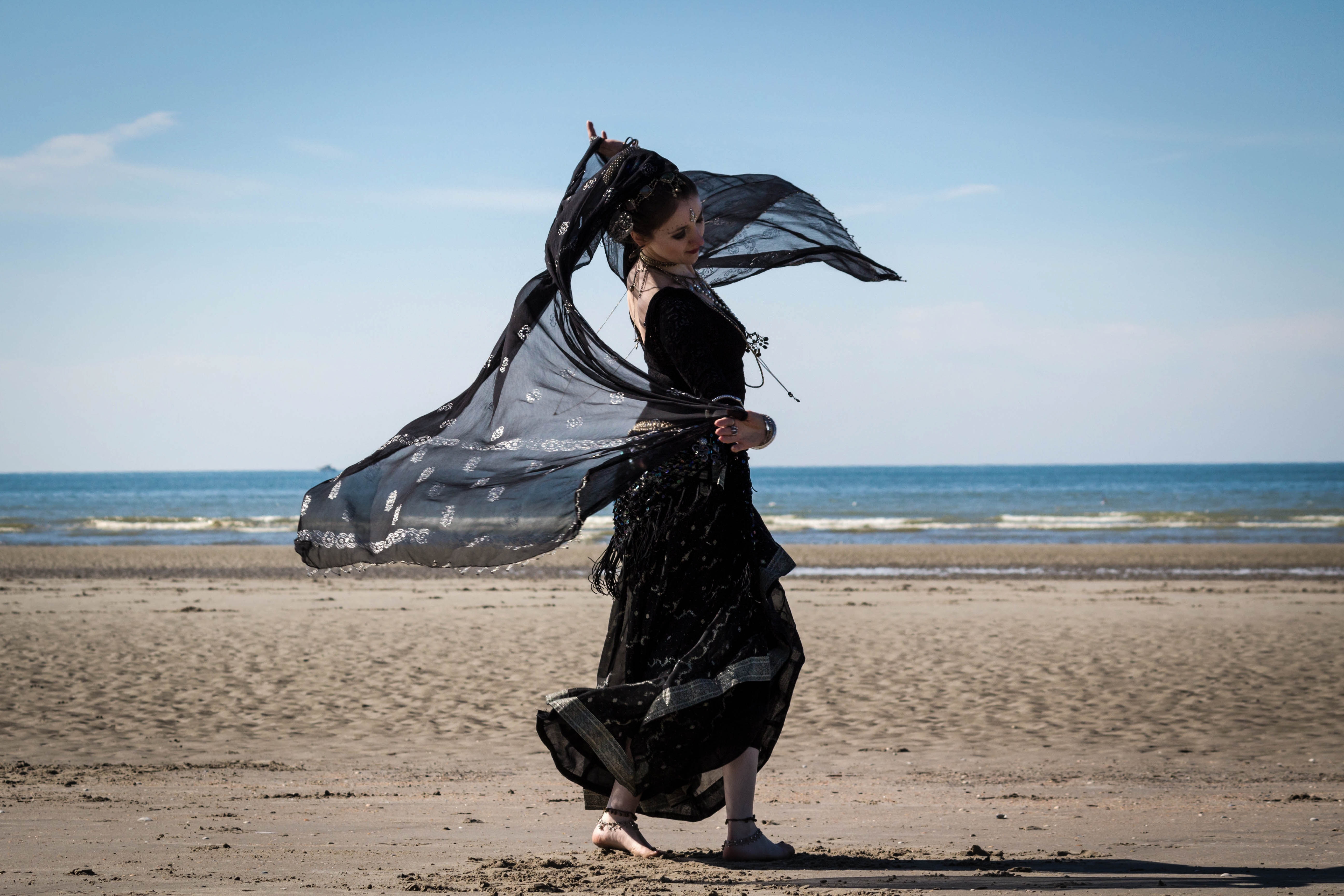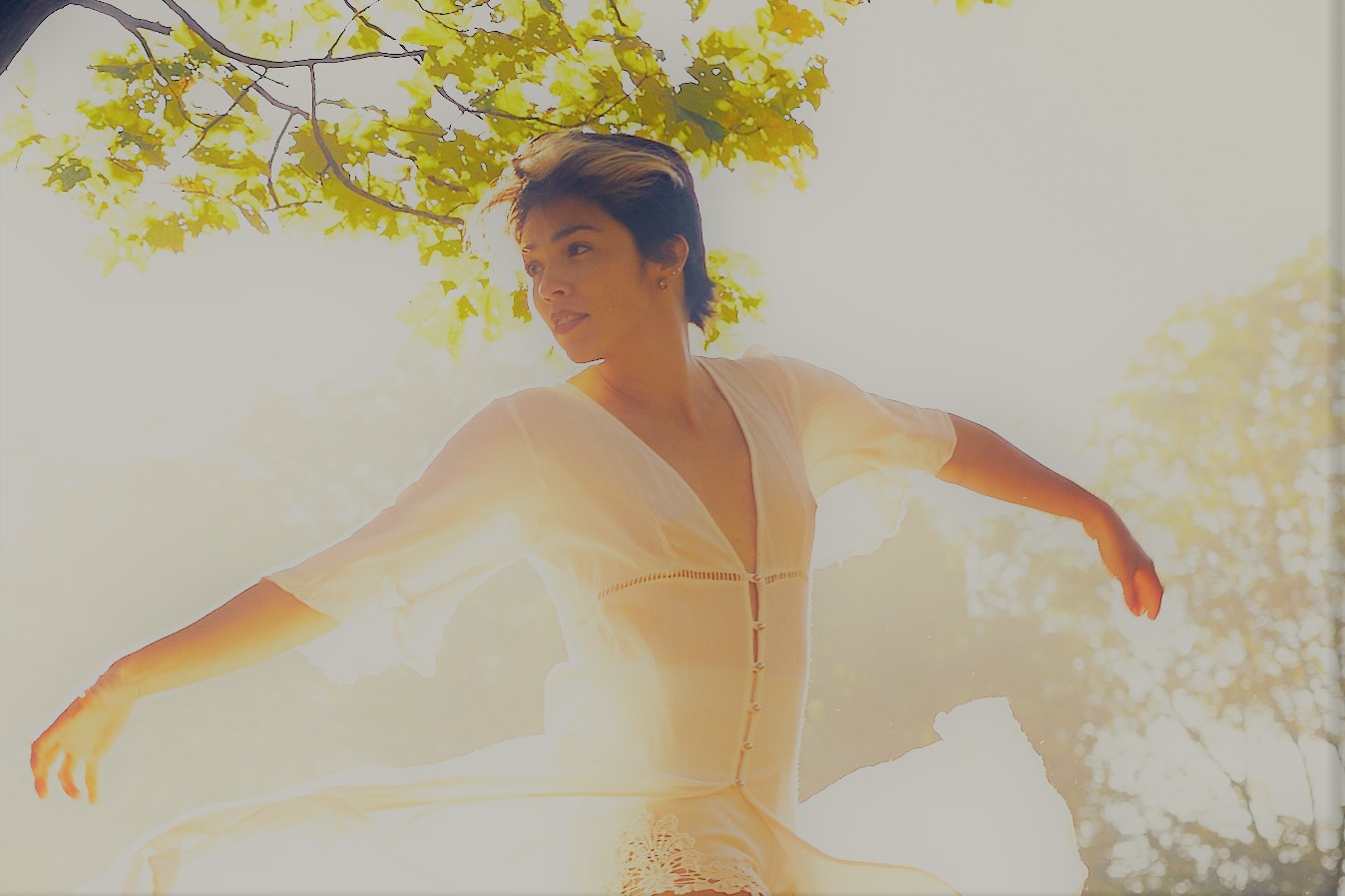Express
Explore
Embody your truth
Enjoy


Find out more about me, my education and experience
Master in Somatic Psychotherapy (Naropa University, Boulder, CO)
Postgraduate work in Dance (Sam Houston State University, Huntsville, TX)
Studies in Ballet, Modern Dance, Authentic Movement and Yoga
I was born in the United States, but from infancy I grew up in Mexico. It was here where I began formal dance training, taking Ballet classes at the age of 9 at the Royal Ballet Academy in Mexico City for several years.
At age 17 my family moved back to the U.S. I first lived in California and then shortly went to Kansas to attend university. Even though the focus of my undergraduate studies was to become a Spanish and French teacher, I spent many hours dancing in modern dance classes and in the theatre at Pittsburg State University.
Having completed my bachelors degree, I moved to Texas and began my graduate studies towards a Masters in teaching languages at Southwest Texas State University. However, this did not stop me from exploring the world of dance and getting involved this time in folkloric dance forms such as Persian and Middle Eastern dance. After my studies, I began to take ballet and modern dance classes at the Austin Ballet Theatre between 1985 and 1987, and at the same time became more involved in belly dancing, taking classes with many teachers, including Helene Christopher (http://www.zhelene.com/). Soon I joined the Z-Helene dance company in Austin, Texas, where our work together culminated in a dance performance: “Ode to the Elements” in 1989 (https://www.brownpapertickets.com/event/868245 ).
Noting my passion and interest in dance and its effect on people, I decided to devote myself more formally to the art. It was then I discovered a pioneering profession called Dance and Movement Therapy (DMT)(DMP in UK). In preparation to further my studies in this area, I completed postgraduate studies in dance, anatomy, physiology, kinesiology and psychology at Sam Houston State University in Huntsville, Texas. I was then accepted to pursue my studies towards a Masters in Somatic Psychotherapy/Dance Movement Therapy at the Naropa University in Boulder, Colorado in 1991 (http://www.naropa.edu/ ). At Naropa, a Buddhist inspired liberal arts university, my studies included in addition to the core DMT subjects and Authentic Movement, courses in meditation, yoga, Tai chi, contact improvisation and Contemplative Dance taught by Barbara Dilley (https://en.wikipedia.org/wiki/Barbara_Dilley ). As part of the Masters (MADT) requirement, I completed a thesis in contribution to the field of Dance Movement Therapy researching the effects of Authentic Movement on the parent/child relationship.
During and after my studies at the Naropa University, I continued belly dancing with Natasha (Barbara Cargill) and the Silkroad Middle Eastern Dance Theatre company for 8 years, ocassionally helping her teach her classes. (https://www.yelp.co.uk/biz/belly-dancing-by-natasha-longmont ) (https://www.facebook.com/NatashasSaharaSilkRoadStudio/ ). I also began taking classes in Gabrielle Roth’s 5Rhythms from her students in Boulder.
My work in the field of Dance Movement Therapy and psychotherapy in general has introduced me to a wide range of people with a variety of needs and issues. I have worked with patients at a mental health residence who were dealing with schizophrenia and borderline diagnoses. I have counselled women at a women’s health clinic, and families and children at the Colorado Coalition for the Homeless in Denver and at the Mental Health Center in Boulder County. I have also facilitated groups and spent countless moments with the elderly at an assisted living residence. (See CV for further employment/experience information.)
In 2006, my husband, children and I moved to Europe, spending a couple years in Germany and 8 years in Spain. During this time I continued belly dancing both in Germany and Spain with several groups including ‘Baila Donosti’ in San Sebastian, where I also studied some Flamenco and Bollywood (http://www.bailadonosti.com/index.php ). It was in San Sebastian (Donostia) that I met and began to collaborate with Fátima Hacine-Bacha at her center Movimiento y Desarrollo (https://www.movimientoydesarrollo.com ) teaching and facilitating groups in Authentic Movement, belly dance and movement classes/workshops involving Biodanza and DMT techniques. I also participated as an assistant leader several times in a project called ‘dance2gether’ involving dance in elementary and secondary schools. (https://www.ulule.com/5daystodance/ ). (https://www.youtube.com/watch?v=Kb4iajI806Y )
Links
https://en.wikipedia.org/wiki/Dance_therapy
https://admp.org.uk/dance-movement-psychotherapy
https://www.youtube.com/watch?v=NE3aVlXh4DQ)
Authentic Movement was developed originally by Mary Starks Whitehouse who is one of the pioneers of Dance/Movement Therapy (DMT) in the USA (known in the UK as Dance Movement Psychotherapy (DMP)). Whitehouse was not only influenced by great modern dance teachers such as Mary Wigman in Germany and Martha Graham in USA, she was also a student of the psychoanalyst Carl Gustav Jung. Motivated by her exposure to Jungian theories and her love for dance, Whitehouse explored movement from a different perspective and recognized that through movement she and her students were able to connect with the unconscious. She also noticed that bringing consciousness to what was unconscious had a powerful healing property in itself. After much experimentation, Whitehouse ultimately developed a very simple structure that involves one or more movers who move with their eyes closed while being witnessed by one or more people. Such structure can involve a variety of configurations, but essentially a mover practices yielding and letting the stream of unconscious impulses, images, sensations, or gestures move him or her, while the witness practices absolute attentiveness and non-judgemental presence.
Links
Authentic Movement
https://en.wikipedia.org/wiki/Authentic_Movement
Mary Starks
https://movementindepth.com/2016/10/03/mary-starks-whitehouse-and-her-teachers/
Dance Movement Psychotherapy
https://en.wikipedia.org/wiki/Dance_therapy
Mary Wigman
https://en.wikipedia.org/wiki/Mary_Wigman
https://www.britannica.com/biography/Mary-Wigman
Martha Graham
https://en.wikipedia.org/wiki/Martha_Graham
https://www.biography.com/people/martha-graham-9317723
Carl Gustav Jung
https://en.wikipedia.org/wiki/Carl_Jung
https://www.simplypsychology.org/carl-jung.html
https://www.britannica.com/biography/Carl-Jung
Influenced by Merce Cunningham, John Cage, and Chogyam Trungpa Rimpoche, Barbara Dilley created Contemplative Movement Practice which she taught for many years at the Naropa University in Boulder, Colorado. Barbara Dilley explains that in this practice, we invite the body to lead us into stillness or movement with unconditional and open attention as a way to cultivate awareness and mindfulness. As we practice dissolving into deeper consciousness and presence in a united body, mind and spirit, we begin to notice a sense of fullness and fresh view. Dilley points out that suffering and fear arises often when we are thinking of the past or the future, or when we respond to our world in a habitual sleep. When we come back to the present moment, we begin to realize the unreality of these thoughts and alternate choices we have to respond. Contemplative Movement is a wonderful way to practice being fully in the moment with curiosity, compassion and trust that we can stay with our processes and a sense of unknowing. In addition, as we practice with others, we develop an appreciation for the diversity of human experience.
Links
Barbara Dilley
http://www.contemplativedance.org/
https://www.youtube.com/watch?v=NE3aVlXh4DQ
Merce Cunningham
https://en.wikipedia.org/wiki/Merce_Cunningham
https://www.mercecunningham.org/
John Cage
https://en.wikipedia.org/wiki/John_Cage
Chogyam Trungpa Rimpoche
https://en.wikipedia.org/wiki/Chogyam_Trungpa
https://shambhala.org/teachers/chogyam-trungpa/
Naropa University
Our recent celebration of 100 years of women’s suffrage here in the UK has reminded me both of how far women’s rights have come, but also how much work still lies ahead, such as the #me too movement painfully indicates. As we uncover more and more outrageous, disrespectful and even violent treatment towards women and girls (and men, too) in our world, the climate is begging for a major change in our societies. However, changing our culture is not easy and genuine deep change takes time, but I propose that we can start NOW with ourselves. Sakyong Mipham, in his book The Shambhala Principle, points out that creating enlightened society begins with “just you and me.” In our women’s groups, we explore and discover who we are and begin a healing process by becoming conscious, gently owning and accepting without judgement what we do that brings pain and suffering to ourselves and others, and finding tools and paths with which to act and change what we can. In our groups we use dance and movement as a means to connect with ourselves and others, and learn to listen to our inner voices, our creativity, our longings, our true and authentic selves. We build confidence and trust in ourselves and our community in order to express who we are fully. If we can lean into our perceived limits, face our fears with gentleness and compassion and with each other’s support, who knows how far we can go and what we may learn together in our adventure towards a more compassionate, enlightened and equal society.
These gatherings are essentially support groups that involve space and time to experience integrating mind and body, expressing without words, connecting with inner processes that can inform us directly as to issues we need to acknowledge. These support groups also involve time to communicate, share, witness and ask for help.
Can be available if enough interest and adequate space provided. These circles can have a variety of configurations including parents with or without their children, individual family units, first time parents, step-parents support groups, and parents of adopted children support groups.